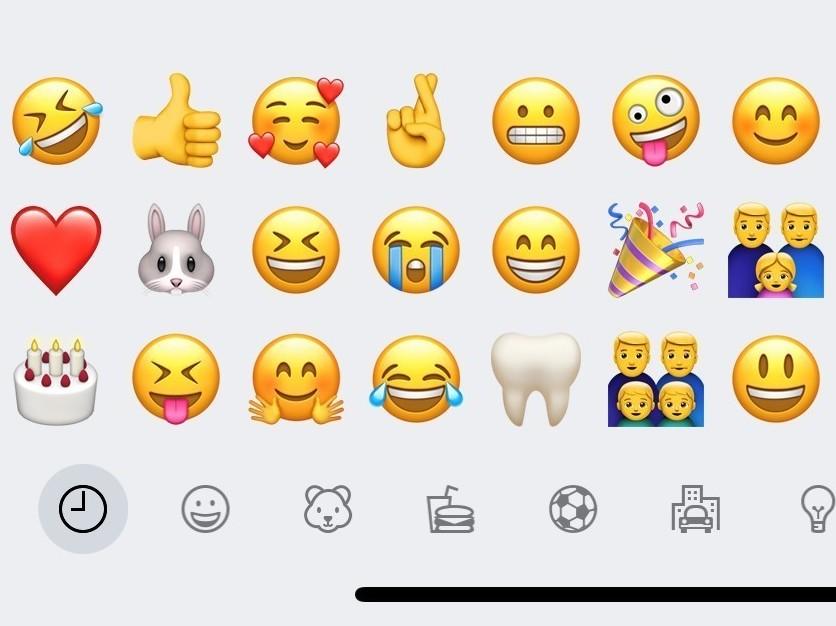Section Branding
Header Content
Emoji Use At Work? Survey Says — Thumbs Up!
Primary Content
If you've ever hesitated to add a smiley face or a thumbs-up to an email, a new survey from Adobe may put you at ease.
The software company, which conducts regular surveys on emoji use, found that the whimsical icons can make people feel more connected and more receptive to new tasks. They allow people to quickly share ideas. They make group decisions more efficient and can even reduce the need for meetings and calls.
Among Generation Z users, more than half said they'd be more satisfied at their job if their bosses used more emoji in workplace communications.
Perhaps these findings are not surprising, given who was surveyed: 7,000 emoji users in the U.S., Europe and Asia, according to Adobe, which is a member of the body that adds new emoji to the emoji standard. Emoji abstainers out there — you were not counted.
And, yes, there are such people. In 2019, the British columnist Suzanne Moore wrote a piece for The Guardian titled "Why I Hate Emojis," calling them vile and infantilizing and slamming their usefulness in adult communication.
"Weirdly, I want to understand people through what they say, not their ability to send me a badly drawn cartoon animal," she wrote.
The Adobe survey suggests a lot of people feel otherwise. Consider these findings:
- Nine out of 10 emoji users agree that the icons make it easier to express themselves. In fact, more than half of emoji users are more comfortable expressing their emotions through an emoji than via the telephone or an in-person conversation.
- 88% of users say they're more likely to feel empathetic toward someone if they use an emoji.
- Three out of four think it's fine to send an emoji instead of words when dashing off a quick response. Overuse of emoji, however, can be annoying.
- 70% of emoji users think inclusive emoji, such as those that reflect different skin tones and gender identities, can help spark positive conversations about important issues.
- Topping the list of favorite emoji in the global survey is the laugh-cry one, followed by a thumbs-up in second place and a heart in third place.
Adobe font and emoji developer Paul D. Hunt believes that people respond more emotionally to imagery. In digital communication, Hunt argues, emoji can convey tone and emotional reaction better than words alone.
"This is the potential strength of emoji: to help us connect more deeply to the feeling behind our messages," Hunt writes in a blog post marking World Emoji Day, July 17.
An emoji may not be worth a thousand words, Hunt adds, but it certainly can help foster relationships in the digital realm.
And who wouldn't +1 that?
Copyright 2021 NPR. To see more, visit https://www.npr.org.

